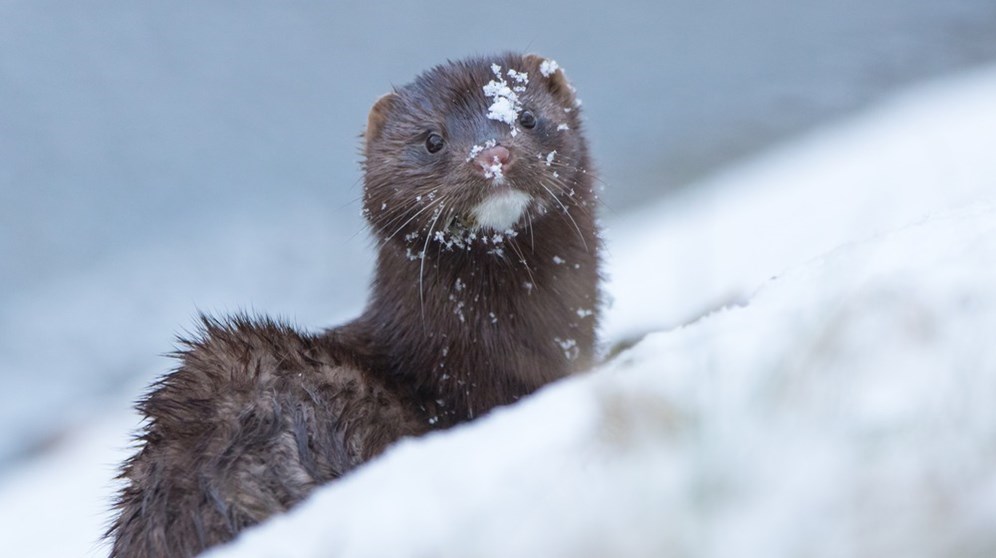
Foto: Mostphotos
English
American mink (Neovison vison) is an invasive alien predator species in Europe, native to North America. Predation from mink has lead to declines and extinctions of a wide range of native bird, mammal and amphibian species in Europe, including the Bothnia-Atlantica region.
The mink is one of the worst threats to the biodiversity in our rich wetlands and archipelagos. A large number of mink management projects have been conducted in Europe with positive results for biodiversity. Common for all successful management projects to date is however a high costs associated with intensive local management efforts. At present, due to economic reasons, only a few geographically limited management efforts is carried out in the Botnia- Atlantica area.
Today's management involves expensive interventions to temporarily help endangered species locally, but which in the longer term will inevitably die out because of mink predation unless a new cost effective management system is invented. A number of research studies points out the importance of large- scale permanent management systems which also takes into account the minks large dispersal ability. The project's main goal is to establish a large-scale, permanent and cost effective management system, based on the latest scientific knowledge, in those of the mink most threatened parts of the Botnia-Atlantica region, ie in archipelagos, coastal areas and rivers, including connected rich wetlands. Our new management system is low-intense, large-scale and permanent.
The system is based on management efforts (permanent traps) in each biologically possible mink female home range and leads to functional extinction of the species in the managed area. The already high natural turnover in mink populations means that any extra mortality among the young of the year age class is quickly resulting in a population collapse. Of course, the efforts will also affect the more elusive adult animals in the population, but that is not required to achieve the desired result. Once the mink population is eradicated the system remains out in nature. Our low-intense and permanent management results in a minimum maintenance of the system. New technology has also opened new doors for more efficient management.
New innovative tools is constantly evolving in the continents that have thelargest problems with invasive predators, traps that have great potential in Europe but as of yet are untested in our ecosystems and climate. We will evaluate and compare several new innovative tools with today's tools to optimize our large-scale and permanent management system. The project leads the Botnia-Atlantica region into being well prepared to handle both the current situation as well as possible even worse future mink impact. In the longer term (5-20 years onwards), we expect that the mink in the Botnia-Atlantica's marine and coastal areas are functionally extinct thanks to the project, and endangered bird populations have recovered so that biodiversity is improved compared to the situation today. More natural bird species and more individuals of each species leads to a greater experience for visitors to the World Heritage Area High Coast / Kvarken and a higher quality of products for companies engaged in eco-tourism in the area.
The project's success is evaluated by continuous monitoring of the mink population and ground-nesting birds' breeding success during, but also to some extent after the project. The projects participating countries strive to learn from each other's existing knowledge and experiences to jointly develop an improved management. An effective communication and dissemination of knowledge will lead to the management concept being disseminated and implemented in other areas. All communications will also be carried out so that everyone is able to access the information.

